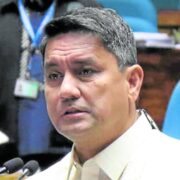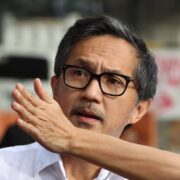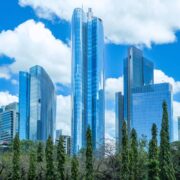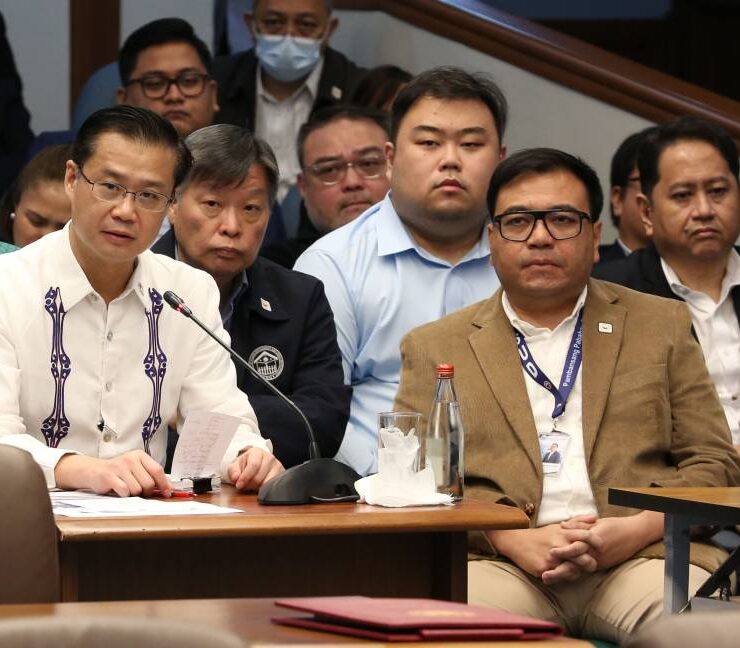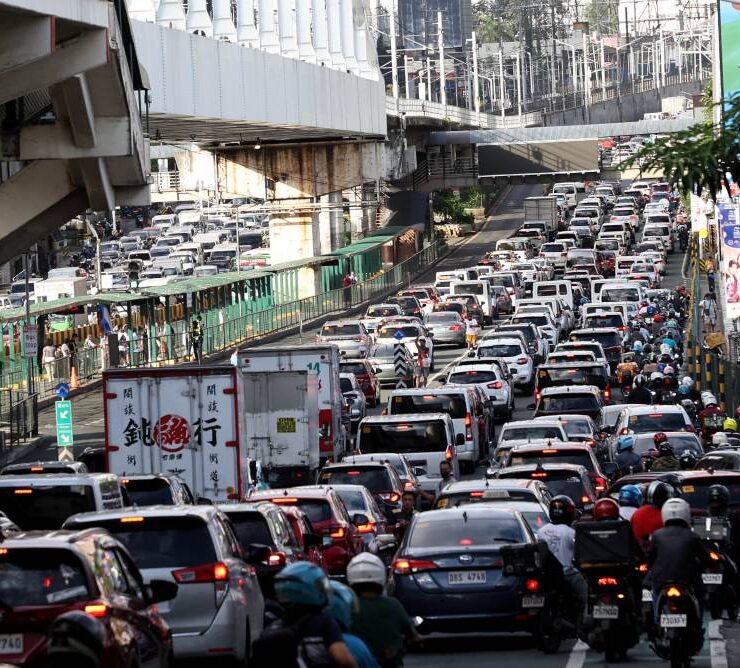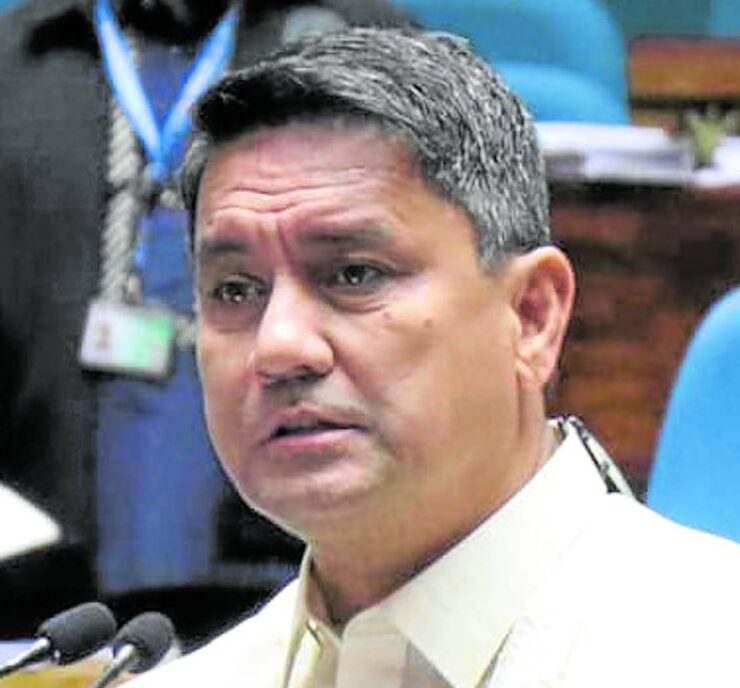How many are progressing?
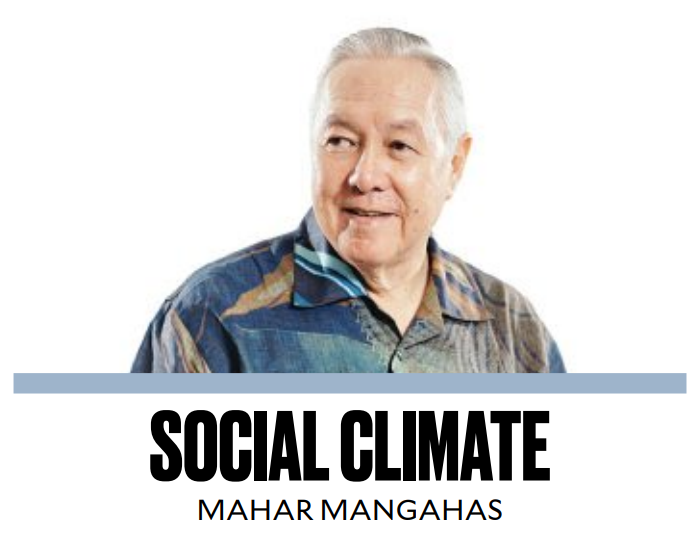
In the Third Quarter Social Weather Survey, done last September, 37 percent of adult Filipinos said that their Quality of Life (QOL)—in Filipino, uri ng pamumuhay—was better than, 24 percent said it was worse than, and the rest said it was the same as, that of 12 months ago.
This is the venerable Gainers (G) versus Losers (L) item, now 41 years old. It has been nationally surveyed 154 times, since 1983. The latest Net G score of +13 (from 37 minus 24) is only the 28th time that Gainers exceed Losers. That it happens so seldom, despite continuous real growth in Gross National Product per capita, is strong evidence of the weakness of trickle-down economics.
This is a simple measure that only counts people whose QOL rose (G), and subtracts those whose QOL fell (L). There’s no attempt to quantify the degree of rise or fall in QOL.
Early 1983: a calm before the storm. The very first G-L survey was done in April 1983, by the Development Academy of the Philippines, where I was vice president for research. That survey found 28 percent G and 31 percent L, implying a Net G of -3, which was an essentially neutral, evenly balanced, situation. That happened to be four months before the assassination of Ninoy Aquino in August.
The shock of 1984-1985. In the next two years, the Bishops-Businessmen’s Conference (BBC) for Human Development did national surveys under my direction that included G and L. The first BBC survey in April 1984 found 12 percent G and 51 percent L or Net -38 (correctly rounded); the second in July 1985 found 9 percent G versus 56 percent L or Net -47.
Thus, the QOL of most Filipinos was definitely worsening. The obvious cause was hyperinflation—the Consumer Price Index was up 50 percent in 1984 and then 25 percent in 1985 (See my “No ‘golden age’ under Marcos,” 2/5/22).
Relief in 1986-1987. Social Weather Stations started surveying G and L in 1986: 11 times in 1986-1991, and quarterly starting 1992. The first SWS survey was in May 1986, in the new democracy under then President Corazon Aquino. It found much relief, with G at 27 and L at 25, or Net +2, positive for the first time. The second, in October 1986, had G at 23 and L at 32, or Net -9, which was unfavorable but not as bad as in ’84-’85.
Then the third, in March 1987, found G at 36 and L at 25, or Net +11, a double-digit positive. That was a euphoric time, soon after the ratification of the new Constitution, and with stable consumer prices.
1988-2014: Decades of regress. But by October 1987, Net G was negative again, at -14. It stayed negative during 1988-2014, sometimes single-digit, which we call “fair,” but most of the time double-digit, which we call “mediocre” (up to -19), “low” (up to -29), “very low” (up to -39), “extremely low” (up to -49), or “catastrophic” (-50 or worse), depending on size (The 1983-2024 numbers are in: “Gainers minus Losers falls slightly to +13 in September 2024,” www.sws.org.ph, 10/26/24). The median group is “mediocre” for the full series.
The SWS time charts marked off by presidencies show Net G falling in the latter part of the Cory Aquino period, recovering to slightly negative in Ramos’ time, falling again in Estrada’s time, and rising a bit but later falling even more under Arroyo. Then Net G began to recover under Noynoy Aquino, turned positive in 2015, and continued growing under Duterte, until struck down in 2020.
Recovery is faster for those more capable. For the Philippines as a whole, Net G did not turn positive again until March 2015 (Net +6). For college graduates specifically, however, it was already positive by 2010. It has stayed positive, except for pandemic years 2020-2021 when all education-levels got worse off.
For junior high school (JHS) graduates up to some tertiary, Net G turned consistently positive by 2015, or five years after college grads. For elementary grads up to some JHS, the start was in 2016. For elementary dropouts, Net G was positive in two of the 2023 quarters, but not at all in 2024, so far.
Poverty and hunger are closely related to lack of education: the poor and the hungry are the slowest to progress. In September 2024, Net G was +6 for the Self-Rated Poor, +17 for the Borderline, and +26 for the Not Poor. It was -22 for the Severely Hungry, +1 for the Moderately Hungry, and +19 for the Not Hungry.
The north has recovered faster than the south. For the National Capital Region (NCR) and Balance Luzon (BL), Net G turned positive in 2015. Visayas and Mindanao followed suit in 2016. All areas progressed in 2017-19, except for a hiccup in mid-2018. Then all suffered terribly in pandemic years 2020-21.
By 2022, NCR and BL were back to positive, while Mindanao had turned intermittently positive. Visayas had some positives by 2023. As of last September, Net G was +22 in BL, +13 in Mindanao, +6 in NCR, and -2 in Visayas, which aggregates to +13 for the whole country.
The whole purpose of steady and consistent monitoring of human well-being is to provide scientific data for analysis and understanding of its dynamics. The SWS surveys are for everyone, not only politicians, to use.
—————-
Contact: mahar.mangahas@sws.org.ph
Dr Mahar Mangahas is a multi-awarded scholar for his pioneering work in public opinion research in the Philippines and in South East Asia. He founded the now familiar entity, “Social Weather Stations” (SWS) which has been doing public opinion research since 1985 and which has become increasingly influential, nay indispensable, in the conduct of Philippine political life and policy. SWS has been serving the country and policymakers as an independent and timely source of pertinent and credible data on Philippine economic, social and political landscape.







